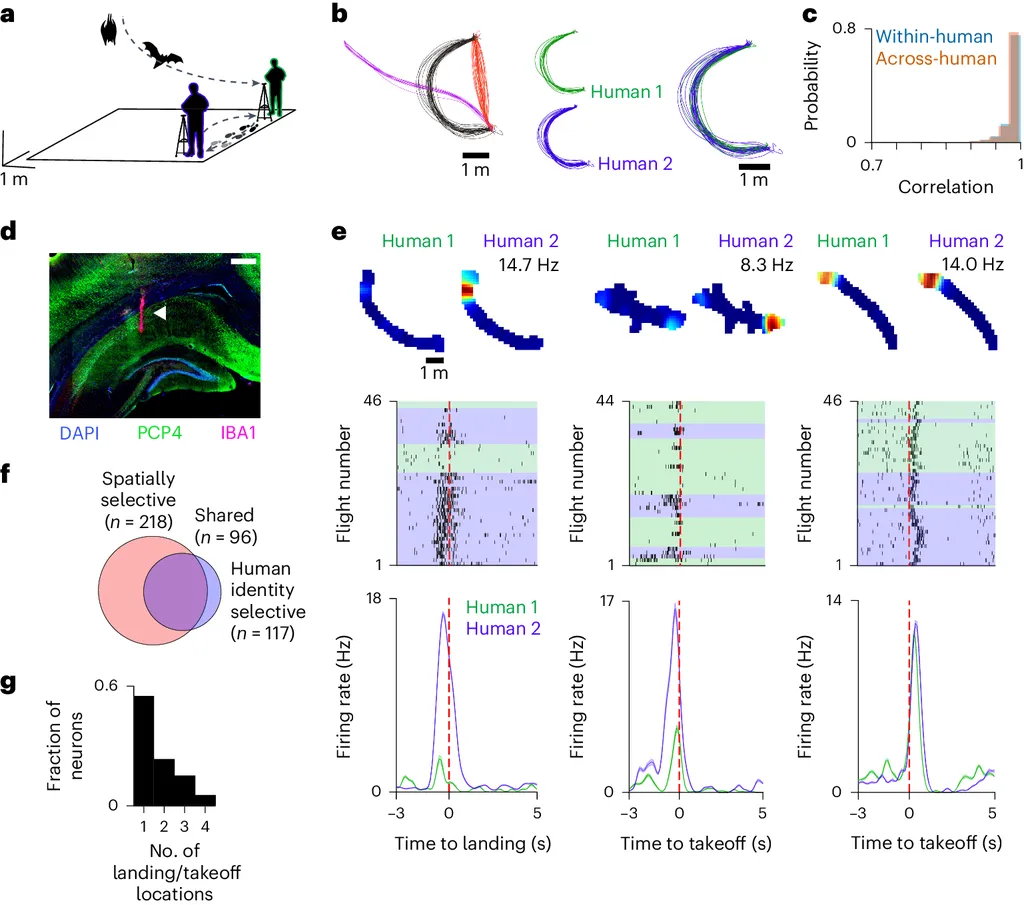In the world of microscopic exploration, the humble microtome is a silent hero, enabling scientists to slice and dice tissues with precision. Yet, as any seasoned researcher knows, this essential tool is not without its quirks and challenges. A recent review published in the journal *Frontiers in Veterinary Science* (which translates to *Frontiers in Animal Science*), led by Yasmin M. Abd El-Aziz from the Department of Zoology at Port Said University in Egypt, aims to demystify the art of sectioning, providing a comprehensive guide to microtome technology and its histological applications.
The microtome, a device for cutting thin slices of material, has been a staple in laboratories for decades. Its primary use has been in preparing specimens for light and transmission electron microscopy, but its applications have expanded to include atomic force microscopy (AFM), focused ion beam (FIB) microscopy, and scanning electron microscopy (SEM). However, as Abd El-Aziz points out, “Ultramicrotomy can only be used on soft substances and metals that are sufficiently ductile to be cut with a diamond knife.” This limitation, along with the need for meticulous preparation, makes the choice of microtome type and blade material crucial.
The review delves into the main types of microtomes, comparing their advantages and disadvantages. It also addresses common issues in tissue sample preparation, with a particular focus on sectioning and staining problems. For instance, thick section borders, prolonged fixation, or excess aldehyde concentration can all lead to suboptimal results. Similarly, low ethanol concentration or incomplete fixation can cause sections to not stick to slides, especially during staining.
Abd El-Aziz emphasizes the importance of understanding these issues to ensure the quality of histological samples. “Studying these problems will elevate key insights regarding the necessity of exact fixation, temperature control, accurate sectioning techniques, and gentle handling of tissues,” she notes. This is particularly relevant in the energy sector, where microscopic analysis of materials is crucial for understanding their properties and behaviors.
The review also discusses artifacts that can occur during the processing of specimens using a microtome, as well as the applications, calibration, maintenance, and troubleshooting of the tool. Looking ahead, Abd El-Aziz highlights future trends and challenges for this essential piece of laboratory equipment.
As the energy sector continues to innovate, the need for precise and reliable microscopic analysis will only grow. This review serves as a valuable resource for researchers and technicians, providing them with the knowledge they need to master the art of sectioning and unlock the secrets hidden within the tiniest of samples. In the words of Abd El-Aziz, “Understanding these issues is not just about improving our techniques; it’s about advancing our understanding of the world around us.”

